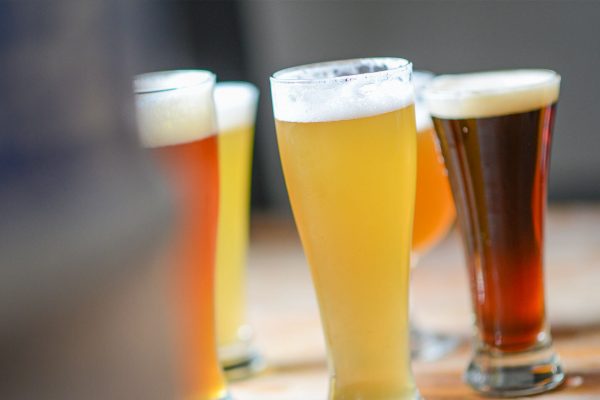
Yeast Washing & Yeast Rinsing: What’s the Difference?
Collecting and reusing yeast from a fermented batch of beer is common practice among home and professional brewers. In fact, records show it has been done since the 12th century, with some saying it likely occurred thousands of years before that.…

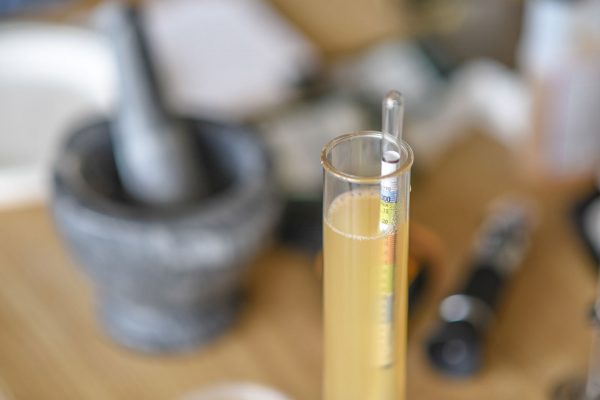


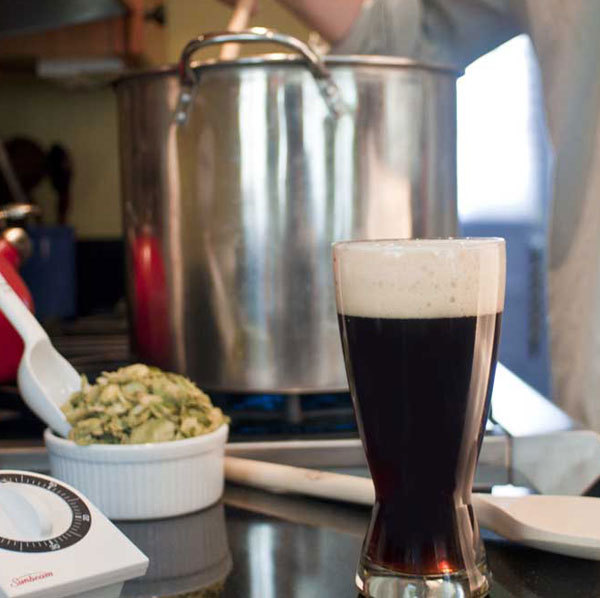
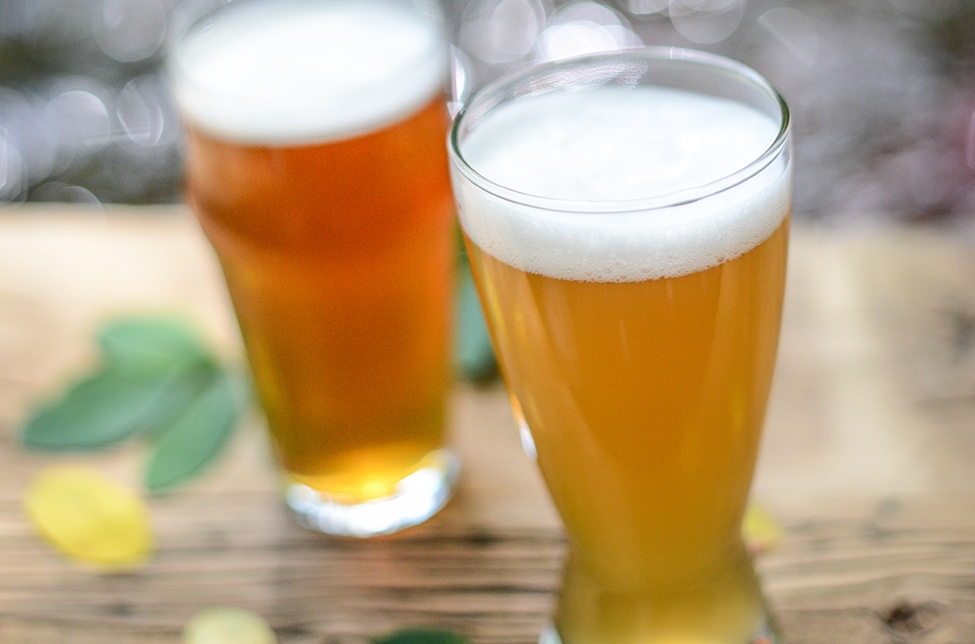
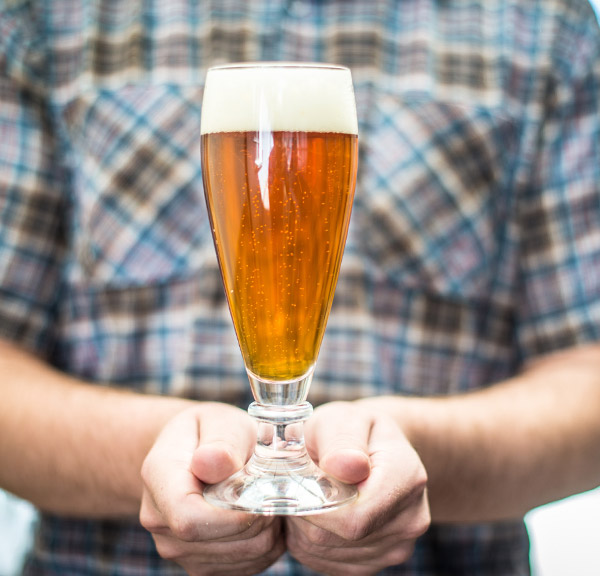
Share Post